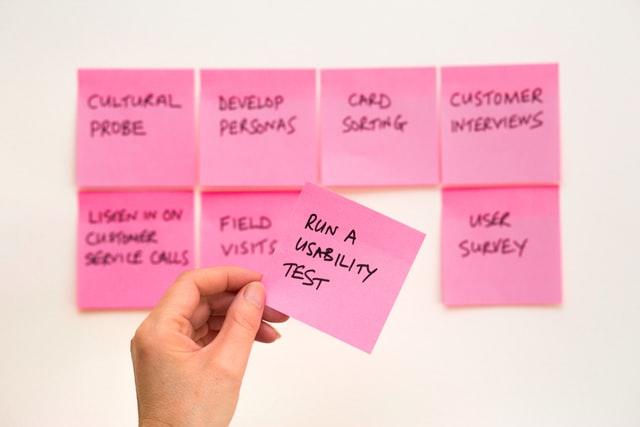Overview
This course is meant to teach designers and researchers the knowledge they will need to plan out research activities and gain the most out of the research they perform.
It doesn’t matter if you’ve never performed research before or if you’re looking to brush up on the basics, there is something for everyone.
Format
Online and Instructor lead.
Learning Model
Cohort
Mentor Guidance Social Learning
Talks from Experts
Duration
4 weeks
Effort
6 – 8 Hours/Week
Course Commences
-
Students Accepted
20
Enroll
Course duration
4 weeks
Online
Effort
6 – 8 hours per week
Instructor and Cohort learning
Course Start date
-
Enroll by -
Max. No. of Students
20
Per Class
Target Level
Beginners & Mid-level designers
Takeaways

On completion of this course, you’ll walk away with
- What activities should occur to plan out a successful research project?
- What information do they need to gather to ensure the participants of the research give teams the information they need?
- How to derive findings from the research to make better product design decisions?
- Communicate with colleagues and managers about the value and opportunities of user research.
- Craft and initiate a basic research protocol within their team or organization.
Outline
Week 1 – Planning and Preparing for User Research
Week 2 – Conducting User Research
Week 3 - Analyzing User Research
Week 4 – User Research Reporting
About
Brad Nunnally is the Director of Service Design at U.Group and a co-author of “Designing The Conversation: Techniques for Successful Facilitation” for New Riders (Voices That Matter) and “UX Research: Practical Techniques for Designing Better Products” for O’Reilly Media.
During his career, Brad has worked with clients spanning almost every major industry, mostly focusing on healthcare and financial services. For the past few years, Brad has enjoyed writing and speaking on topics that include user research, interactive prototyping, and how cognitive psychology applies to design. Recently, he has taken that passion to work more closely with the public sector.
He now spends his days contemplating how the government can be redesigned to be more people-focused and how organizations can mature to meet the demands of how business and technology work today. When he is not thinking about the world of design, he spends time learning important life lessons from his children, playing too many videos and tabletop games, and learning woodworking through a constant string of failures.


